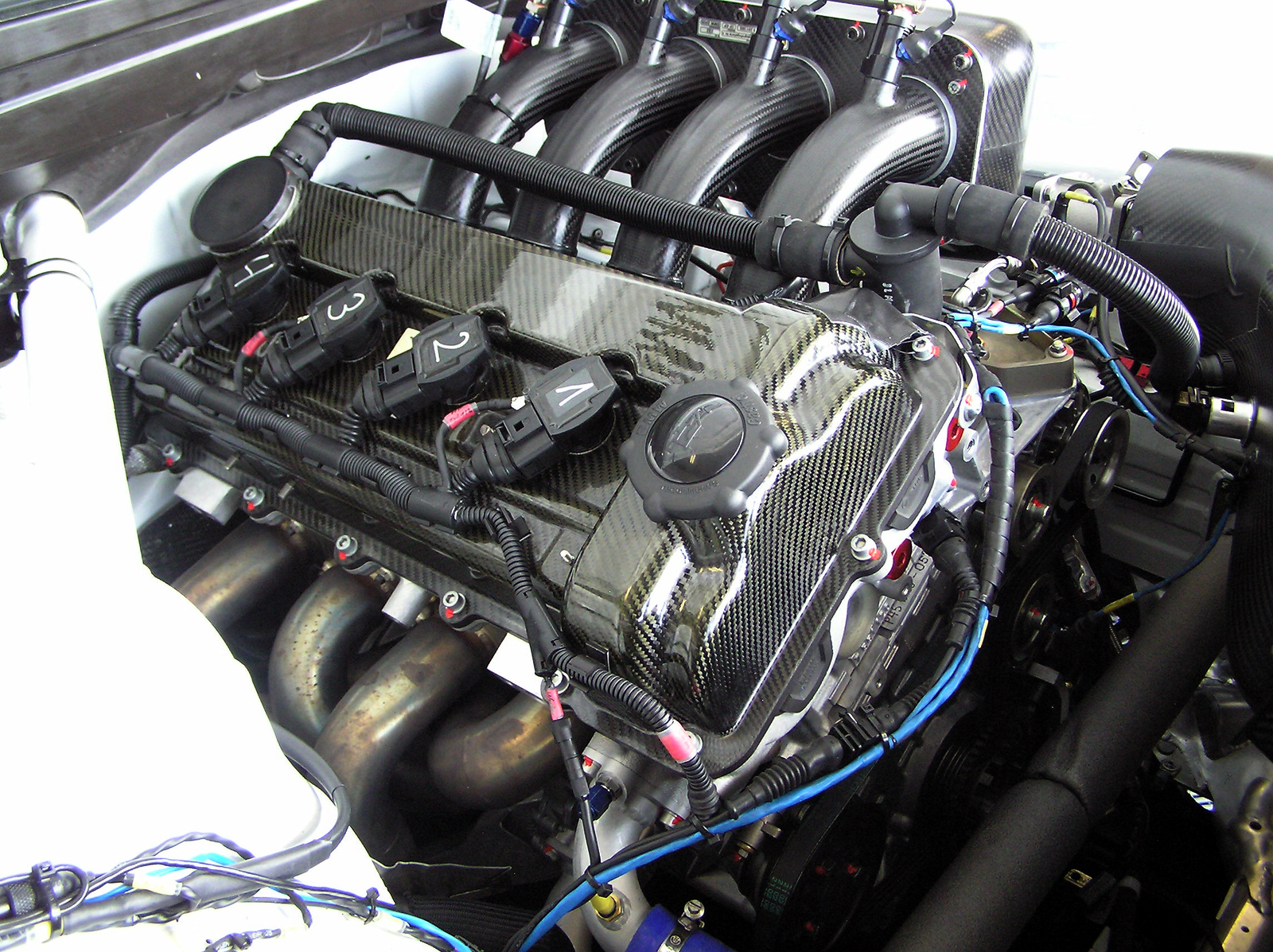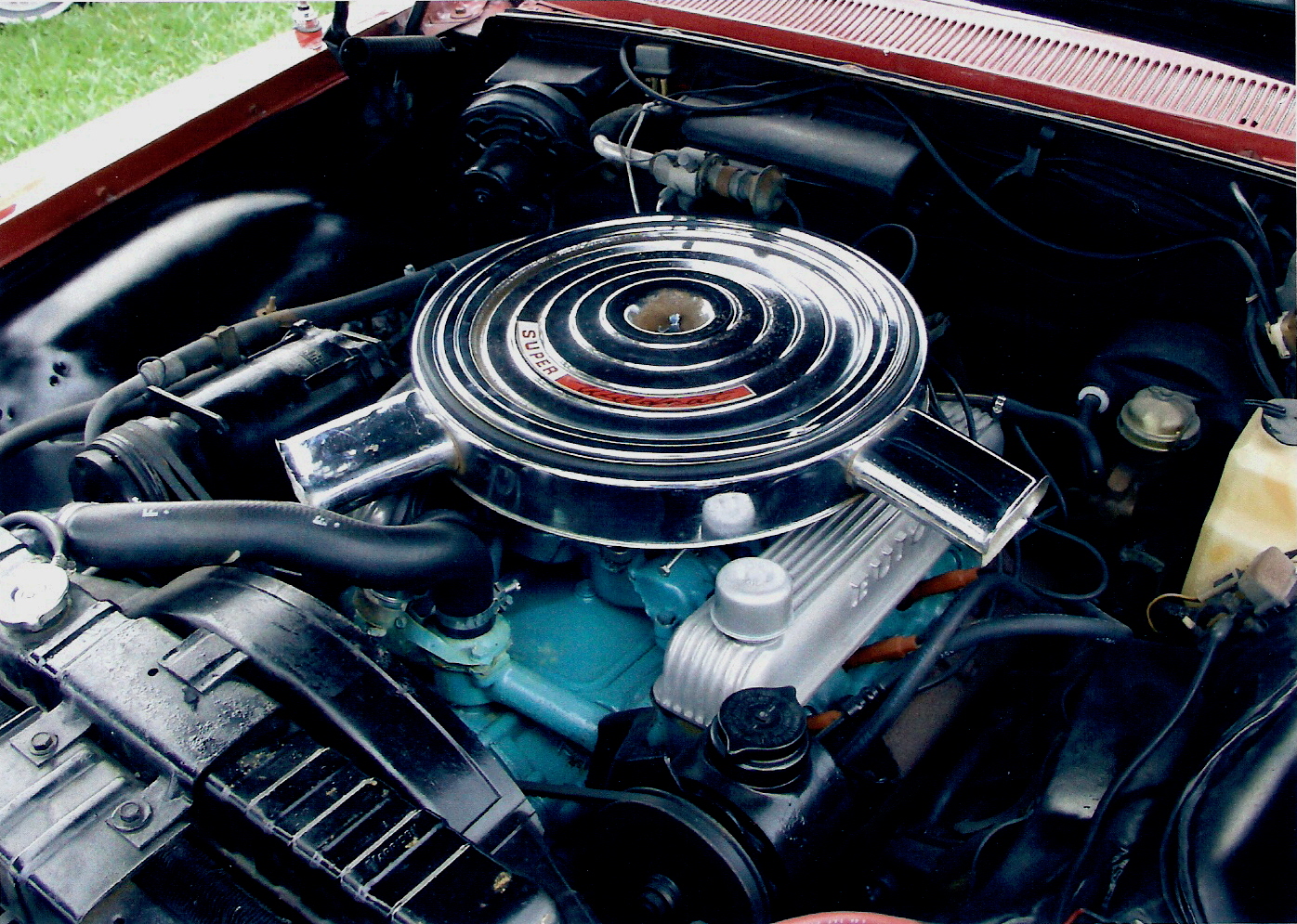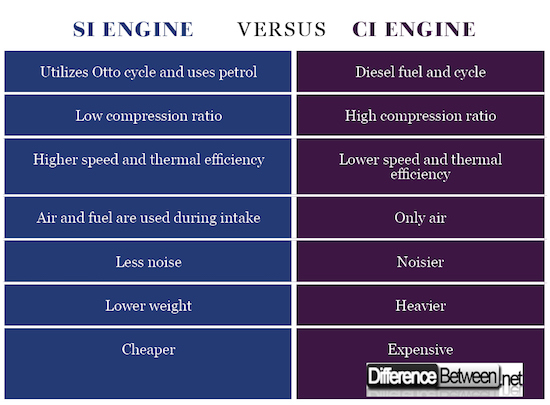Difference Between Si and Ci Engine
Engine is a machine that converts some form of energy into mechanical work. Internal combustion engines can be divided according to several characteristics. Depending on the creating of mixture and the ignition (the thermodynamic process), engines are divided into: Otto (spark ignition) and Diesel (compression ignition) engines. \

What is Si engine?
The four-stroke petrol engine performs the working cycle in four steps. During that time, the crankshaft makes two turns.
The first cycle is the intake – the clip moves from TDC (top dead center) to BDC (bottom dead center), the suction valve starts to open before the piston gets to TDC, and closes after the piston has passed the BDC position. A 0.7-0.9 bar pressure is generated in the cylinder, which, by means of an open valve, draws the fresh working mixture which is mixed in the cylinder with the combustion products remaining from the previous process.
During compression the clip moves to TDC and compresses the gases in the cylinder. The pressure rises from 11 to 18 bar and temperature from 400 to 600 0C. The piston begins to reduce the cylinder chamber space. Both cylinder valves are closed and compression of fuel and air is carried out.
Combustion begins before TDC and lasts until BDC. Compression ratio values range from 6 to 11. During expansion the compressed fuel and air mixture is ignited by electric high voltage spark plugs just before the piston came back to the TDC position. The combustion gas pressure at the beginning of the expansion stroke is 40-60 bar and the temperature 2000-2500 C.
Due to the high combustion pressure, the piston moves from TDC to BDC, where useful mechanical work is obtained. By increasing the volume of the cylinder and the expansion of the combustion gases, the pressure and combustion gas temperature drop so that at the end, the combustion gas pressure is 3-5 bar, and the temperature is 700-1000 C. During the exhaustion the piston moves from BDC to TDC and then pushes out the cylinder gases through the open exhaust valve. Combustion gases are under pressure of 1.05 to 1.20 bar.
Depending on the cylinder charge, the pressure in front of and behind the exhaust can be above critical and a good part of the gas comes out due to pressure difference. High pressures and temperatures in the engine cylinder represent an important precondition for achieving a high degree of efficiency.
At full engine power, the exhaust gas temperature is about 700-1000 C.

What is Ci engine?
Four-stroke diesel engine has the same cycle.
The first phase (intake) starts by opening the suction valve. The clip moves from the TDC to BDC, whereby due to volume increase above the piston, pressure is generated in the cylinder so that the actual cylinder pressure during the suction time is 0.7 – 0.85 bar.
In case of turbocharger engines is up to 2 bar. The second stroke (compression) begins by closing the suction valve and ends at TDC. The capacity of the injected working medium is reduced 14 to 24 times in the compression chamber.
The air pressure at the end of the compression is 30 – 60 bar and its temperature is 600 – 9000C. After compression of the air expansion begins, and the fuel is injected into the cylinder with pressure of 90 – 2000 bar, depending on the injection device. The fuel is scattered, heated, mixed with air and ignited.
During combustion the temperature rises to 2000 – 25000C and the pressure to 60 – 120 bar. In this tact the maximum mechanical and thermal stresses of the piston mechanism occur. During extension the clip is switched from BDC to TDC, thus draining the cylinder through the exhaust valve. The pressure at which the exhaust gases pass is 1.05 to 1.20 bar. The temperatures of the gases are 500 – 6000C.
Difference Between Si engine and Ci engine
-
Definition of Si engine and Ci engine
Si engine is internal combustion engine that operates on the principle of spark ignition. It uses petrol and utilizes the Otto cycle. The diesel (Ci) engine is also an internal combustion engine, which uses diesel fuel and operates on diesel cycle. The diesel engine is characterized by no spark, and pure air is compressed in the cylinder, which achieves sufficient temperature so that after the fuel is injected into the fuel cylinder it self-ignites.
-
Characteristics of Si engine and Ci engine
Pressure and temperature in diesel cylinder are higher than those of Si engines, as well as the degree of efficiency. The fuel consumption in Ci engine is lower, but the initial costs and the maintenance expenses are higher. The diesel engine is also heavier, and is most commonly installed in high power vehicles – trucks, buses, locomotives etc.
Si vs. Ci engine: Comparison Chart

Summary of Si engine vs. Ci engine
- The Si engine is an internal combustion engine of fuel and air that is ignited with spark plugs, designed to work on gasoline and similar petroleum products. This type of engine differs from the diesel (Ci) engine by the way of combustion of fuel and air, and by the fact that the ignition is used by the electric boiler rather than the air compression, which is heated at high temperature. With a Si engine, it is common to have fuel and air between pre-compression, although in modern petrol engines the principle of direct fuel injection in the cylinder is used, which is very similar to the principle of a diesel engine.
- Difference Between Thermodynamics and Kinetics - June 24, 2018
- Difference Between Welding and Soldering - June 24, 2018
- Difference Between Additive Colors and Subtractive Colors - June 20, 2018
Search DifferenceBetween.net :
2 Comments
Leave a Response
References :
[0]Owen, K., Coley, T. “Automotive Fuels Reference Book.” Warrendale, PA: SAE International, 1995. Print
[1]Rand, S. ed. “Manual on Significance of Tests for Petroleum Products.” 7th edition, West Conshohocken, Pennsylvania: ASTM International, 2003. Print
[2]Heywood, J.B. “Internal Combustion Engine Fundamentals.” New York City: McGraw-Hill Book Co. Inc., 1988. Print
[3]Image Credit: https://commons.wikimedia.org/wiki/File:BMW_P45_engine_on_BMW_Team_UK_BMW_320si_WTCC_2006_Curitiba.jpg#/media/File:BMW_P45_engine_on_BMW_Team_UK_BMW_320si_WTCC_2006_Curitiba.jpg
[4]Image Credit: https://commons.wikimedia.org/wiki/File:Super_Wildcat_425ci_390hp_Engine.jpg#/media/File:Super_Wildcat_425ci_390hp_Engine.jpg

Thanks Jeanne! They’re from Target!
Nice comparison between the Spark ignition and the compression Ignition Engines. Good work.
It is good that you have mentioned the different applications.
I do know most of the heavy vehicles are used the compression Ignition engines and the most of the cars and the bikes are used the spark ignition Engines. Can you mention me any thing other than these.